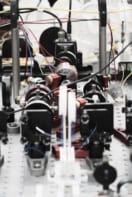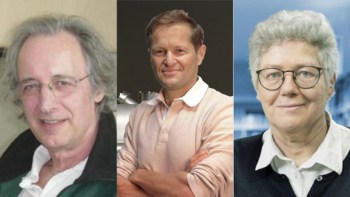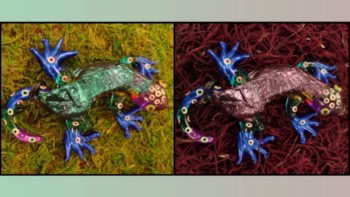Noise is usually considered a limiting factor in the performance of a device. However, some nonlinear systems have the unusual property that they can exploit noise to amplify a signal through a process known as stochastic resonance. Now, Giovanni Giacomelli and colleagues at the National Institute of Optics in Florence, Italy, have experimentally mapped the probability of stochastic resonance occurring in a vertical cavity surface emitting laser (VCEL). They also claim to have seen stochastic resonance take place as an function of the modulation frequency - a process called bona fide resonance (Phys. Rev. Letts. 82 675).
Vertical cavity lasers work by having a quantum well sandwiched between alternating layers of gallium arsenide (GaAs) and aluminium gallium arsenide (AlGaAs). As the two materials have different refractive indices, the layer stacks act as a set of mirrors that form a resonant cavity. Light from the lasing action is therefore emitted vertically from the surface of the semiconductor.
Giacomelli and colleagues observed the behaviour of the laser over all possible input settings. To add a noise signal to help generate stochastic resonance to the system they attached a white noise generator to the laser. By changing the parameters of the noise and the pump current, they were able to create a comprehensive map of the probability of generating stochastic resonance under a variety of conditions. This, they say, has led to an “unprecedented comparison with theoretical works” say the authors.


